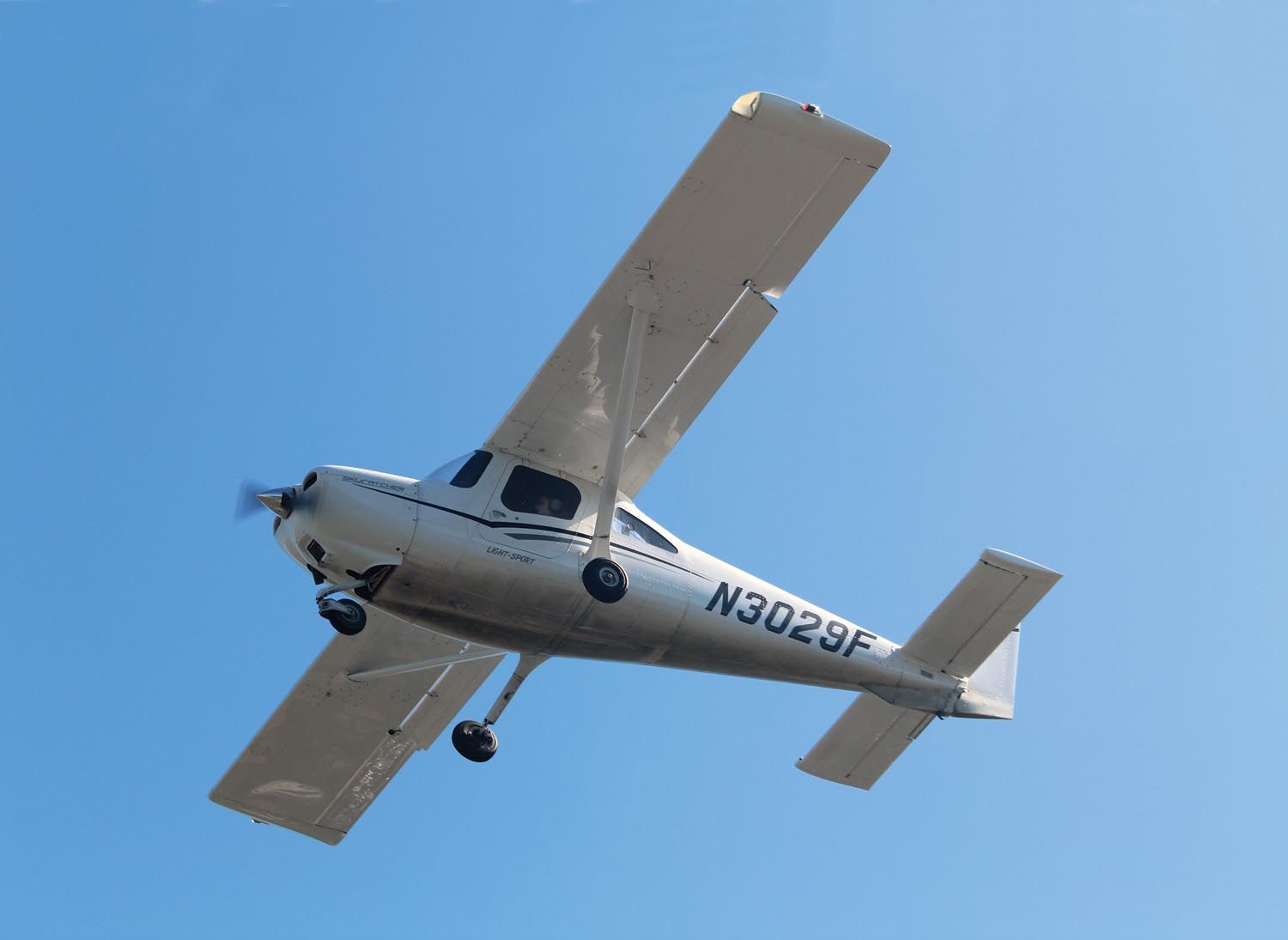
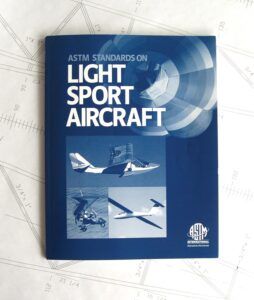
About 20 years ago, the new Light Sport Aircraft (LSA) policies rocked general aviation. In addition to the medical requirements for LSA pilots being reduced to self-certification (Sport Pilot), whole new classes of aircraft were created. These new classes replaced the traditional Part 23 certification requirements with “consensus standards.” Not only were the new standards developed from within the industry itself, but they were managed by a non-governmental agency (the American Society for Testing Materials, or ASTM).
Major howling ensued. Supposedly, Sport Pilots would be having heart attacks and crashing into schools, and those flimsy, lightweight LSAs would be falling apart in midair and landing on the hospitals treating the injured.
Didn’t turn out that way. Sport Pilot didn’t lead to more pilot-medical-related accidents (see “Homebuilt Accidents: The Pilot’s Condition,” March 2021), which led to the further relaxation of medical policy in the form of Basic Med.
How did the Special Light Sport Aircraft certification end up, safety-wise? Let’s take a look.
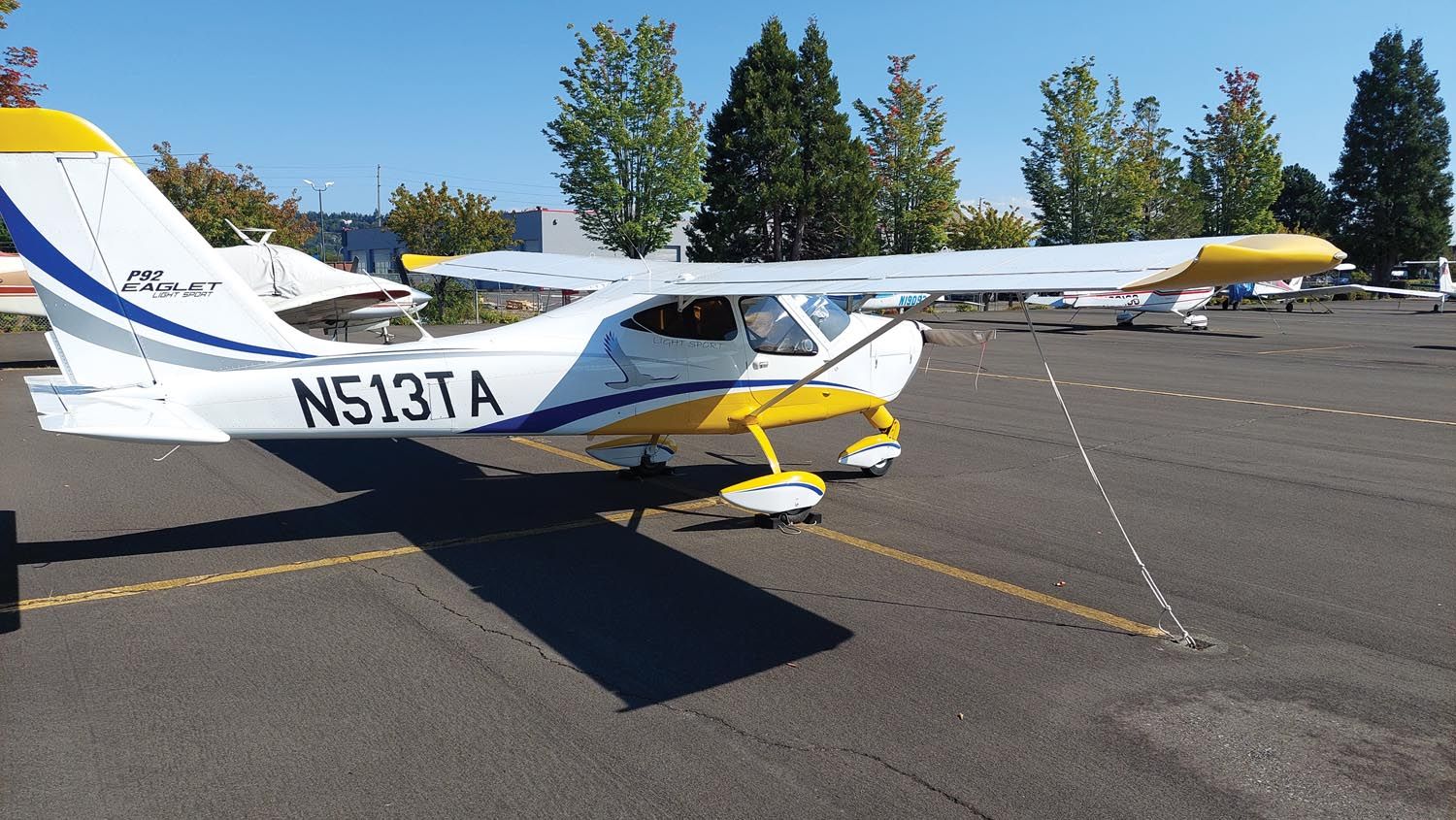
Aircraft To Examine
Special Light Sport Aircraft (SLSA) are sold as ready-to-fly, not kits. For this article, we’ll look only at SLSA airplanes. We’re not addressing powered parachutes, weight shift or other SLSA classes—just traditional flying machines with wings and a motor. Call them “SLSA-A,” or “SLSA-As” for plural. We’ll address their accidents from 2005 through 2021.
To identify the SLSA-A accidents, I cross-referenced the NTSB accident database with FAA registrations, including both active and inactive aircraft.
What to compare them to? Let’s pick the near-ubiquitous Cessna 152. It’s close to the general definition of Light Sport, other than exceeding the LSA gross weight requirement. Cessna made almost 7600 of them in the 1977–1985 time frame, though only about a quarter of them remain on the U.S. registry. On the average over the 2005–2021 time period, there’s roughly the same number of SLSAs as Cessna 152s.
I also have a good database of Cessna 172 accidents. They’re often used for training, like the SLSA-As and Cessna 152s. The time period of the accidents is different (1998 through 2016), but it should be a valid comparison.
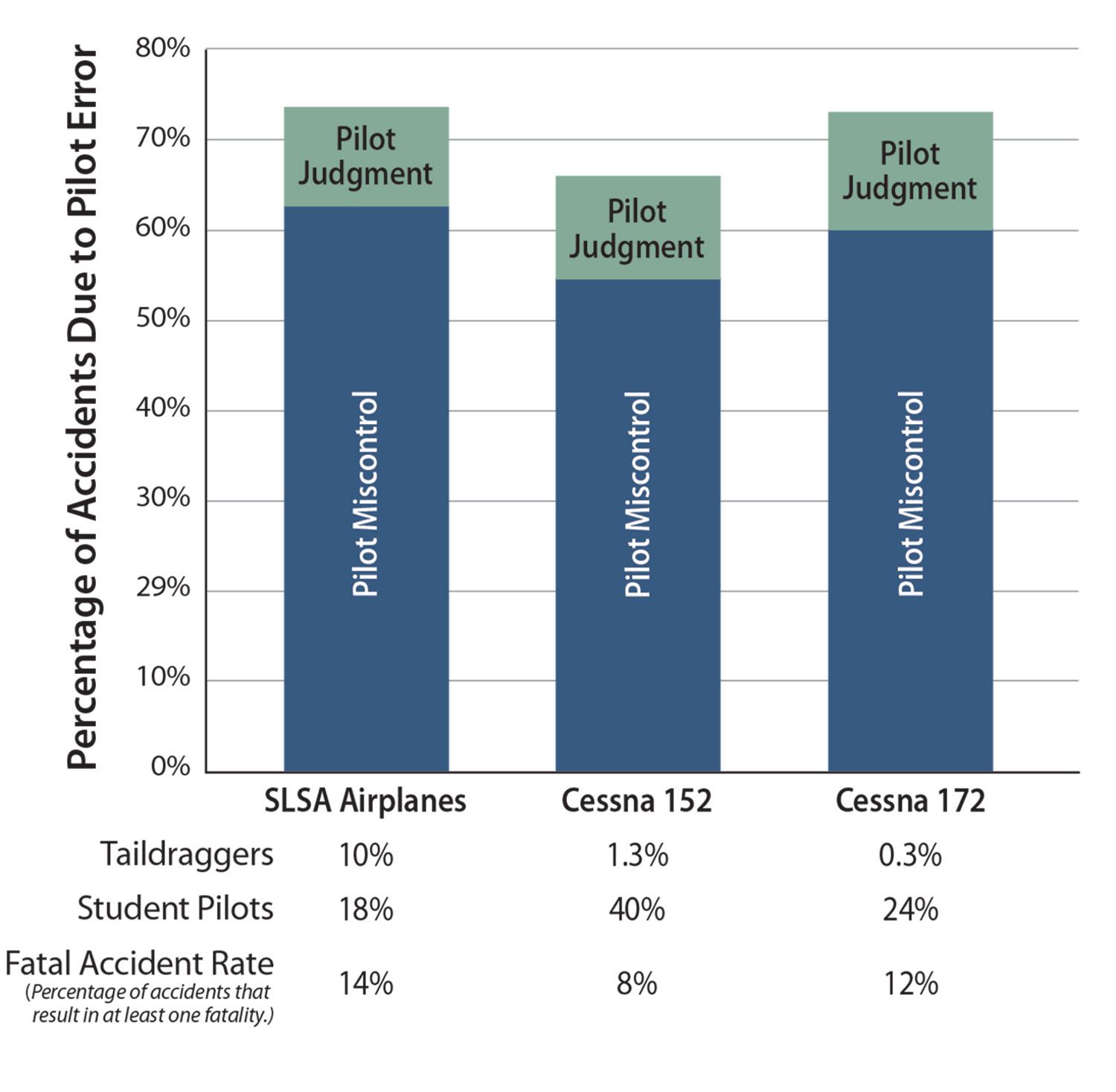
Pilot Error
I divide Pilot Error into two basic categories: Pilot Miscontrol and Pilot Judgment.
Pilot Miscontrol refers to basic stick-and-rudder errors. Undershoots, overshoots, stalls, loss of control on landing or takeoff and so forth.
Pilot Judgment addresses accidents due to faulty decision making: running out of fuel, attempting VFR flight in IMC conditions, etc.
Figure 1 compares the rates for the SLSA-As, 152s and 172s. Note that the percentage of accidents due to Pilot Judgment issues is almost identical for all three aircraft. This is perfectly logical; the type of airplane strapped to the pilot’s rump is not likely to affect whether they go scud running or buzz the girlfriend’s house.
The Pilot Miscontrol rate varies between the types, but not really by much. The SLSA-A rate is slightly higher than the two Cessnas, but about 10% of its accidents involve tailwheel aircraft. On the other hand, the SLSA-A accidents involve fewer pilots with just Student certificates. Yet, when one combines Student with Sport Pilot certificates, the total for SLSA-A accidents is about the same as for Cessna 152s (which, of course, cannot legally be flown by Sport Pilots).
Figure 1 also includes the fatality rate for each type; that’s the percentage of accidents that result in at least one fatality. The fatality rate for SLSA-As is about 50% higher than the Cessna 152, but only two percentage points more than the 172. But as I discussed in “Homebuilt Accidents: Fatal Factors” in the October 2019 issue, this appears related to the configuration of the aircraft. High-wing aircraft protect the occupants better. The Cessnas are all high wing, but the SLSA world includes a mix of low and high wings. For that matter, the Cessna 150 has a higher fatality rate than the SLSA-As.
So, taking everything into account, which type of plane is better? In my opinion, it’s pretty much the same.
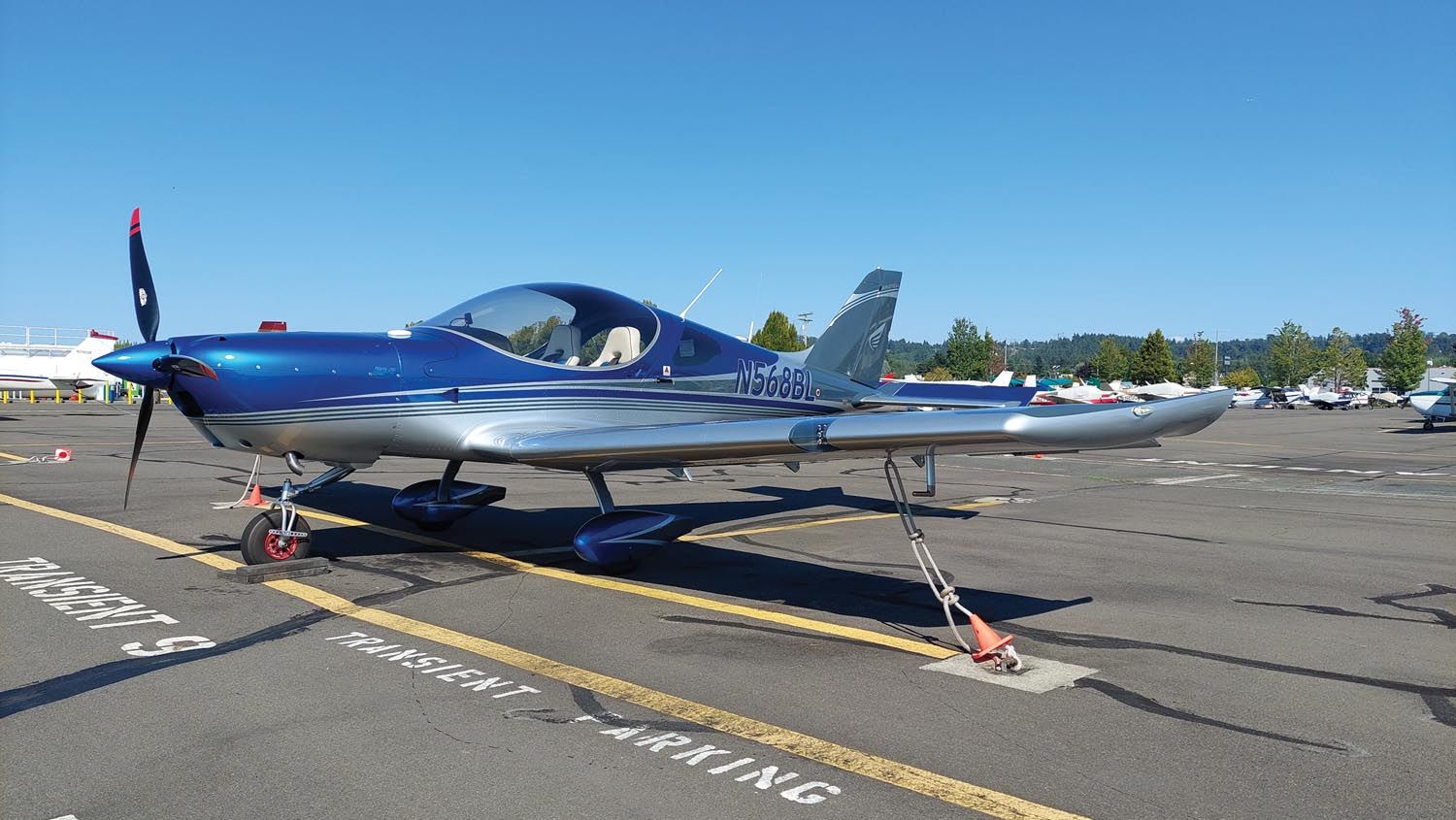
Wind Issues?
One of the usual warnings about Light Sport Aircraft is their sensitivity to wind. A Cessna Skycatcher weighs 1320 pounds versus a 152’s 1670 pounds. The wind should affect the lighter aircraft more, leading to more wind-involved accidents. Somehow, our grandfathers managed to make it through flight training with airplanes just as light—and taildraggers to boot. Oh, and a Cessna Skycatcher actually has higher wing loading than a 152.
Yet, looking at Figure 2, we see some basis for this concern. There are almost twice as many SLSA-A accidents due to the wind’s effects than Cessna 152 accidents.
But look at the results for Cessna 172s: almost identical to Light Sport Aircraft.
Take Figure 2 and cover up the legend—the part that tells which color represents which aircraft type. Could you honestly be certain which bars were SLSA-A accidents?
What about the bounces/hard landings? The greater percentage of loss of directional control? Would you be sure the SLSA-As were neither of those? Again, overall, there’s nothing that stands out.
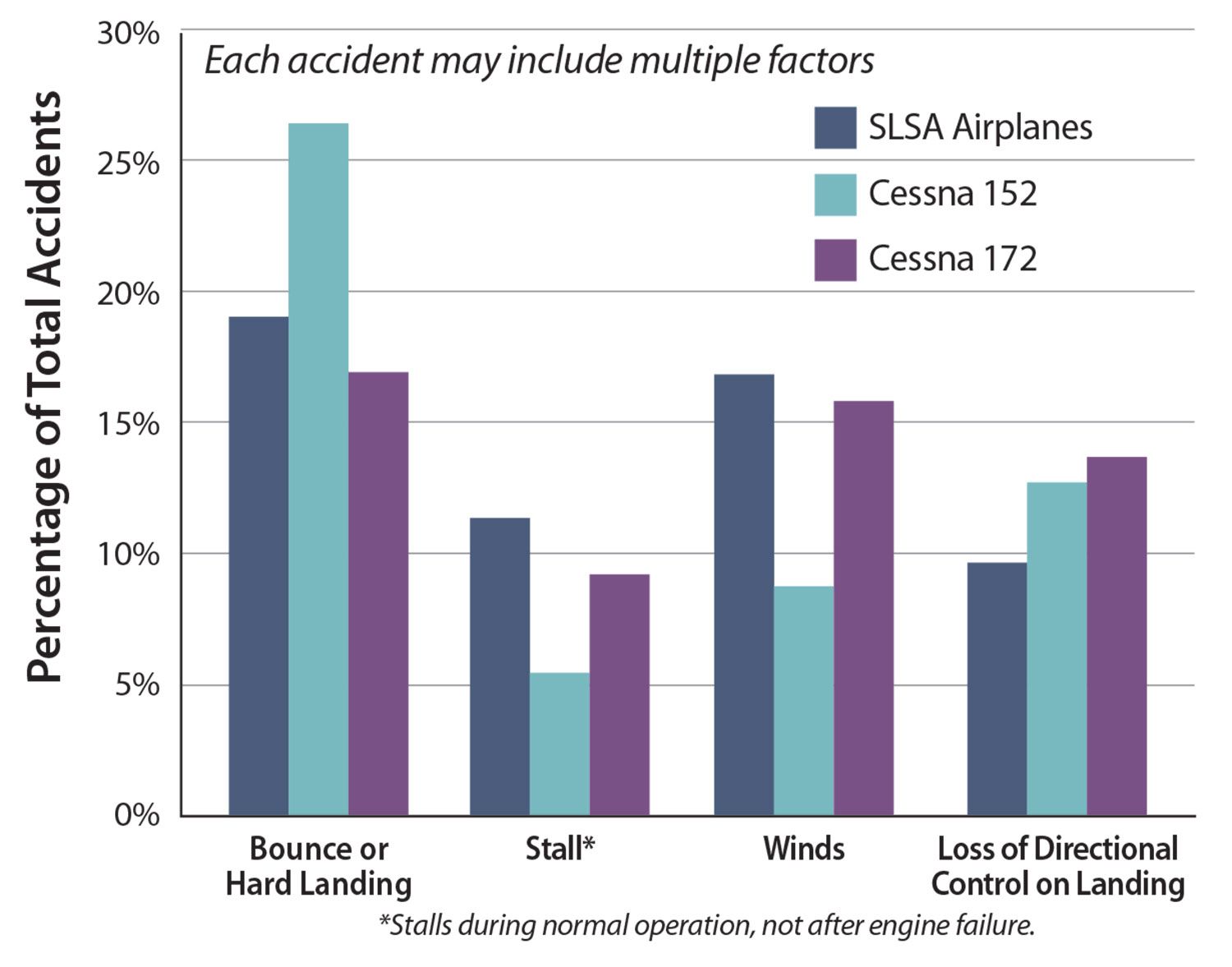
Mechanical Issues
At last, the LSA bashers have something that can let them rub their hands with glee: As Figure 3 shows, SLSA-As have a higher rate of non-engine-related mechanical failure: more than twice that of the Cessna 152 or 172.
Part of the problem here is that the SLSA-A statistics cover a wide variety of aircraft types. The 417 SLSA-A accidents from 2005 to 2021 include nearly 60 different aircraft manufacturers. Spotting specific issues is difficult.
The statistics show a greater rate of fuel-system related accidents. Sound familiar? If you’ve read my series on Experimental/Amateur-Built aircraft accidents, you’ll remember that fuel systems had an elevated rate there, too—and higher rates for other mechanical issues as well.
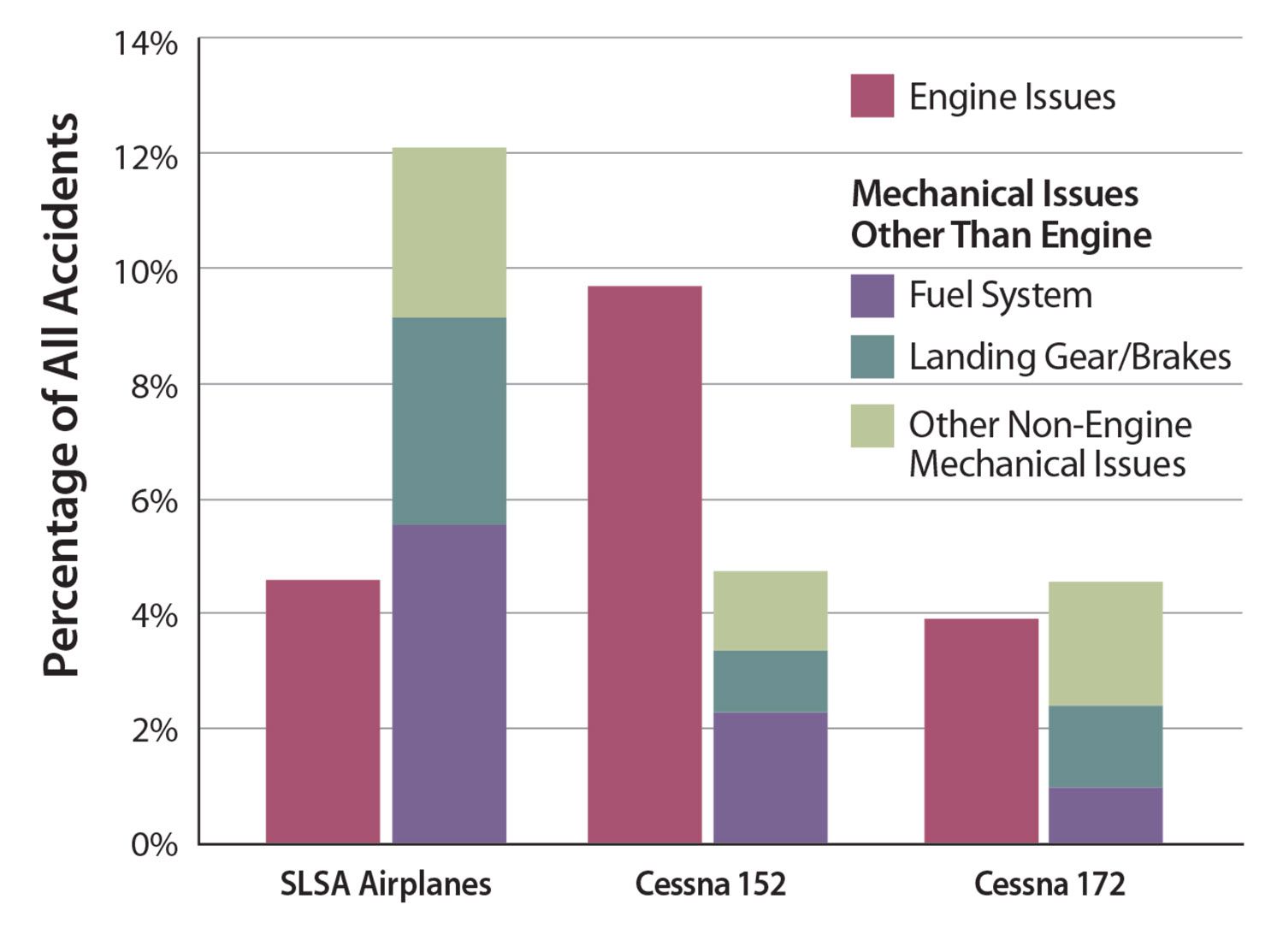
New airplanes are going to have problems, and fuel system issues can rapidly bring aircraft down. There are undoubtedly some bugs being cleaned up in the Light Sport world. Remember, Cessna has had about 40 years to get problems with the 152 fixed. That includes 21 airworthiness directives for various reasons. With time, fuel system problems in Special Light Sport airplanes will be solved as well. The newest 152 rolled off the Cessna line more than 30 years prior to the start of the time period used for this analysis. Good bet that the little issues had been cleared up long ago.
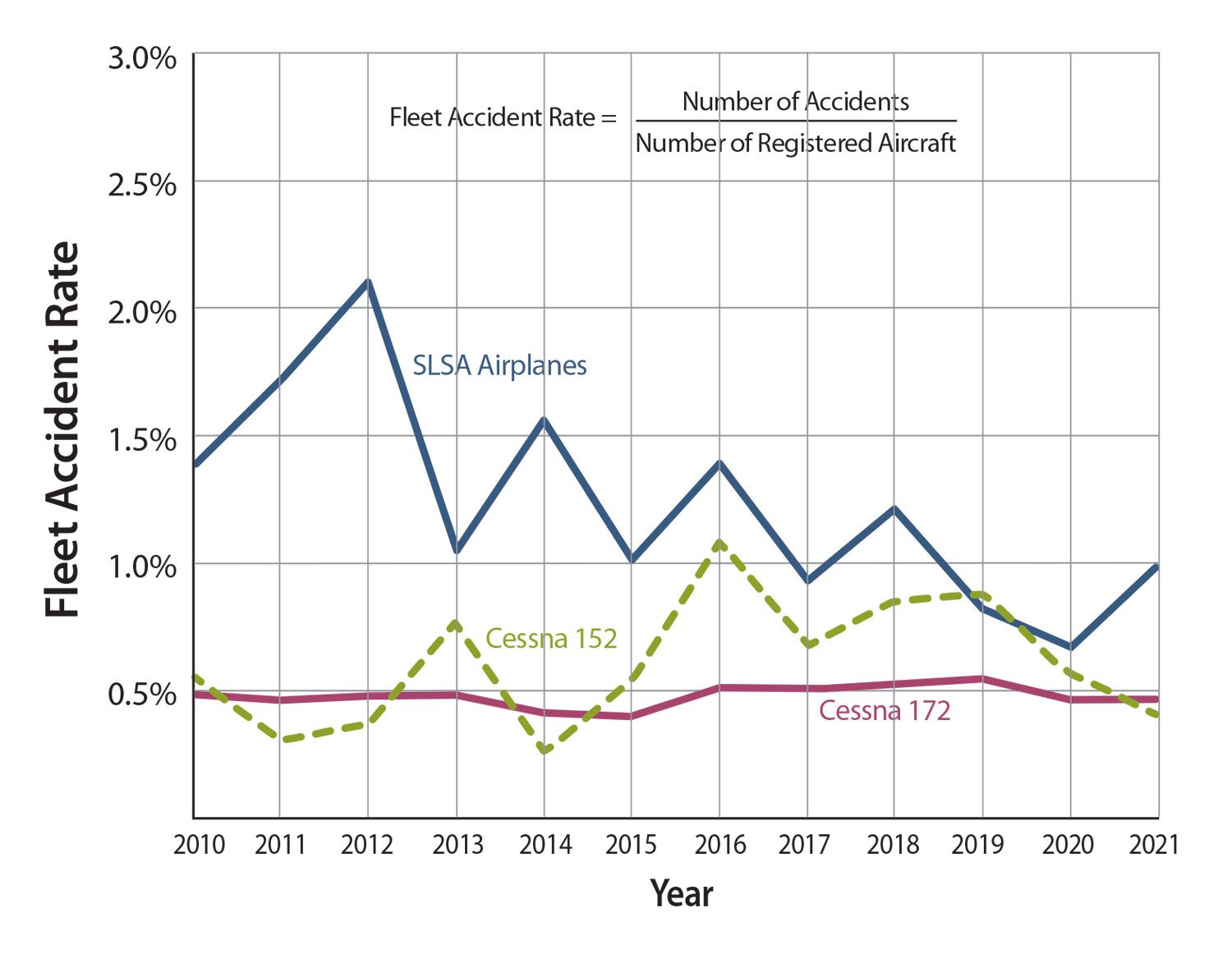
One factor is likely to be the unfamiliarity of the types in the U.S. aircraft inventory. While the rate of maintenance error is about the same, one might expect that maintainers are far more familiar with the traditional Cessna products.
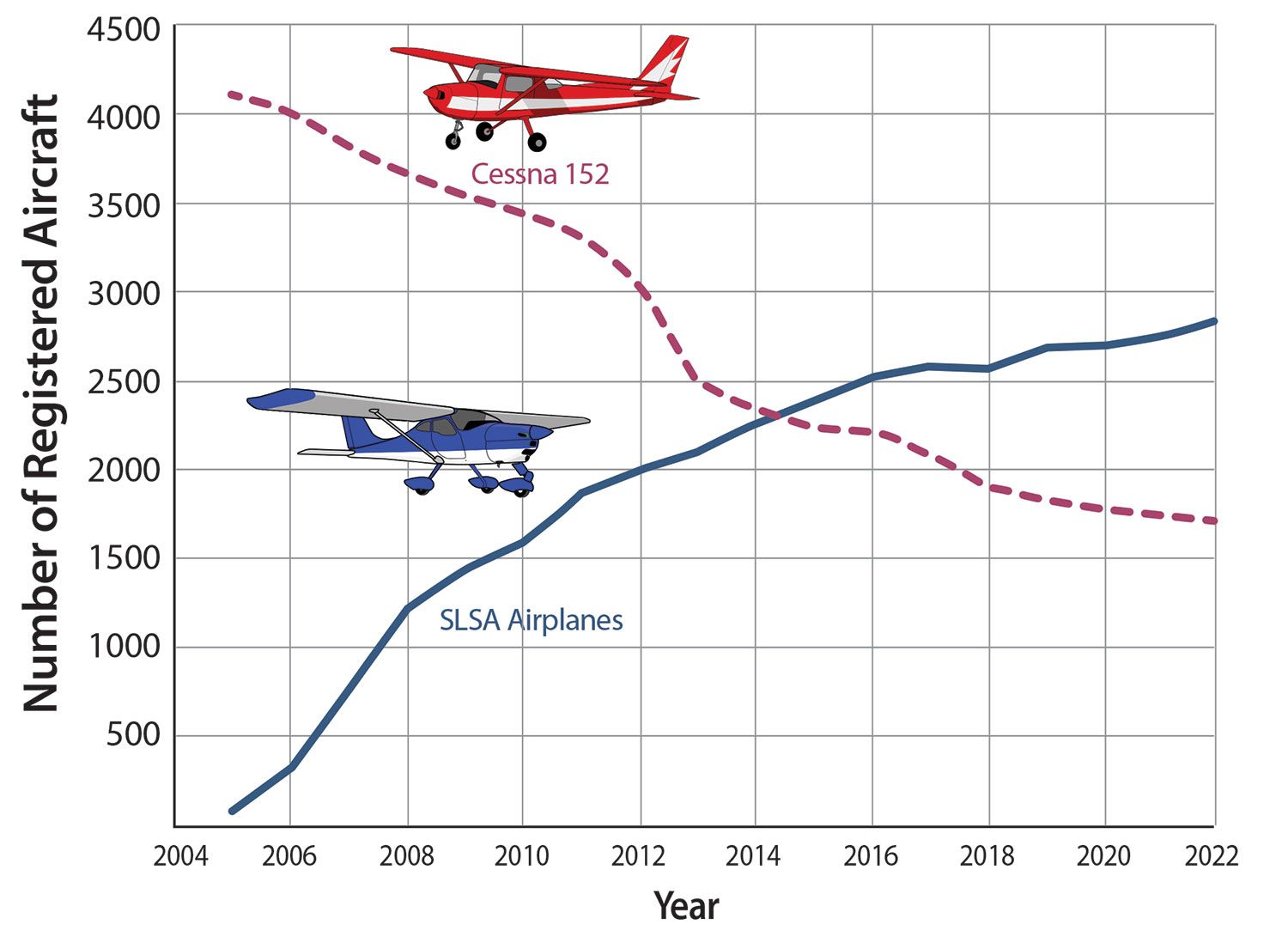
Engine Non-Issues
Did you notice the other major result in Figure 3? SLSA-As have about half the rate of engine mechanical failure than the Cessna 152. The SLSA-As are only a little higher than the Cessna 172s.
The probable reason? More than 70% of the SLSA fleet uses one of the Rotax four-stroke engines. As discussed in “Homebuilt Accidents: Passing the Engine Baton” in the February 2023 issue, the Rotax 912 has one of the best safety records in the Experimental/ Amateur-Built fleet. This good reliability is obviously being passed on to the Light Sport world. The Continental O-200, used in the Cessna 150 as well as the Cessna Skycatcher, has a failure rate about the same as the Rotax.
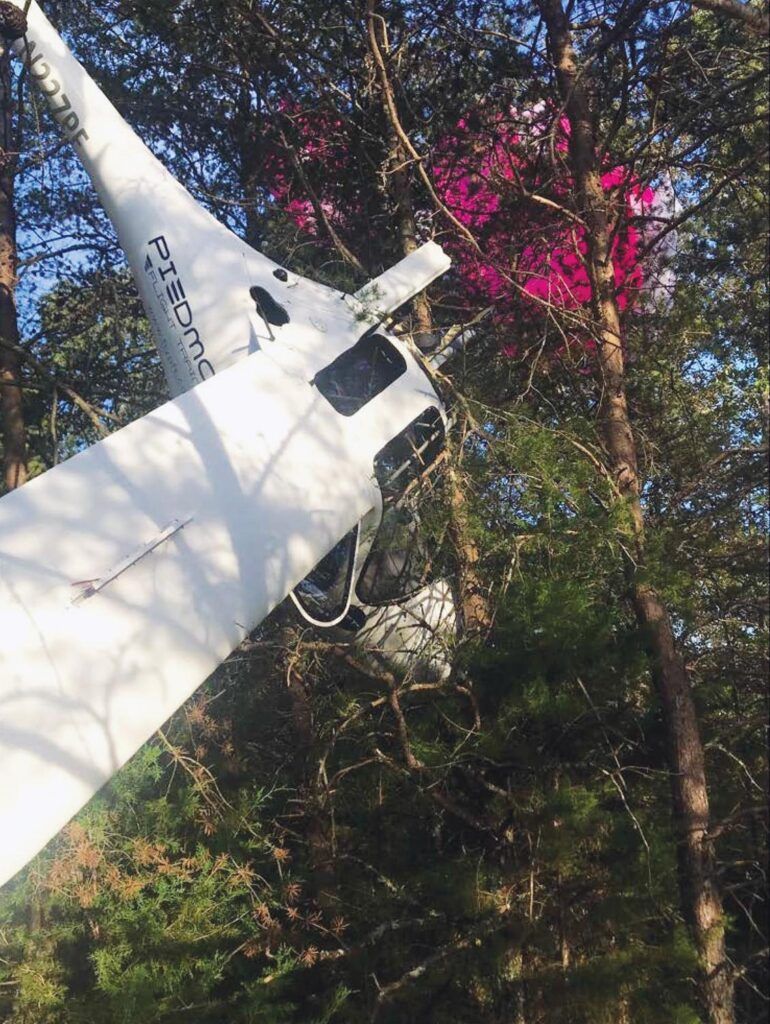
Fleet Accident Rate
My usual way to compare types is using the fleet accident rate: the number of airplanes per year that suffer an accident versus the total number of that type in the registry.
The yearly fleet accident rates are depicted in Figure 4. It shows the SLSA airplanes at a higher rate, tapering down over the years as the fleet size increases. It’s fairly close to that of the Cessna 152s as the years pass.
However, there’s another factor here: The fleet accident rate doesn’t reflect how much the aircraft are flown, nor does it take into account the number of aircraft still in the registry that are inactive.
It gets rather interesting when those factors are included. The annual FAA General Aviation Survey includes flight-hour estimates and the estimated percentage of the fleet still active. Unfortunately, while it includes estimates for Special Light Sport Aircraft, it does not break the numbers down to the SLSA airplanes. Similarly, while it includes estimates for all reciprocating-engine aircraft, no estimates for specific aircraft types are included.
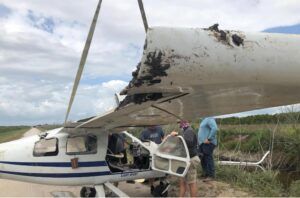
However, if one uses the “generic” estimates for comparison, SLSAs fly 25% more hours per year than 152s, and 33% more of the SLSAs are active aircraft.
So, it’s likely the accident rate for the SLSA airplanes is close to that of the 152s.
Conclusions
When performing analyses like these, the analyst usually hopes the data produces an unequivocal outcome. Good or bad, we want a definitive answer.
No such luck here. Comparing SLSA airplanes to the Cessna 152? Practically a wash. Yes, the SLSA-As see more wind-related accidents (like everyone expected) but do better in other categories. And the wind-related rates are close to that of the ubiquitous Cessna 172.
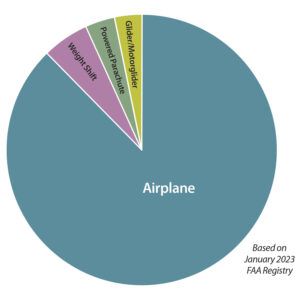
The higher rate of mechanical failure for the SLSA-As does seem significant. Even more so when you consider the Cessna 152s involved in accidents had an average total time of 10,300 hours…vs. just 350 hours for the SLSA-As.
On the other hand, the engines for the SLSA-As are more reliable, with the Lycoming O-235 having a failure rate almost twice that of the Light Sport fleet. When all the causes of engine failure are tallied (both mechanical issues and pilot issues, such as running out of fuel), the SLSA-As come out significantly better. Twenty-seven percent of Cessna 152 accidents stem from a loss of engine power, versus 19% for the SLSA-As. Cessna 172s are even lower, about 15%.
So, what’s the final call?
Pilot error rates are about the same as those of the Cessna 152s and 172s. The higher rate of mechanical-failure-related accidents are somewhat offset by the use of more reliable engines.
Personally, I’d call it even. While there are obviously things to watch for, I don’t believe the Special Light Sport airplanes have an accident rate significantly different from the traditional fleet.




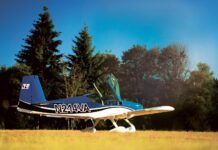


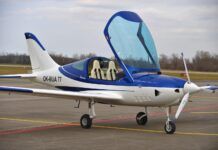

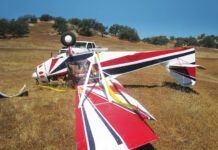
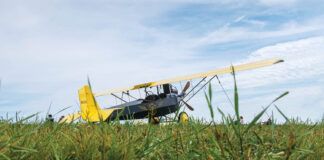

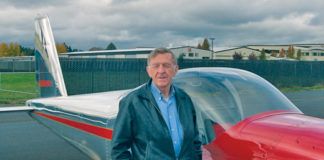
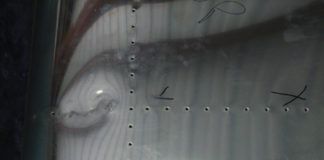
Love this class! For those of us who like to fly for FUN!
Nice analysis. Thank you.